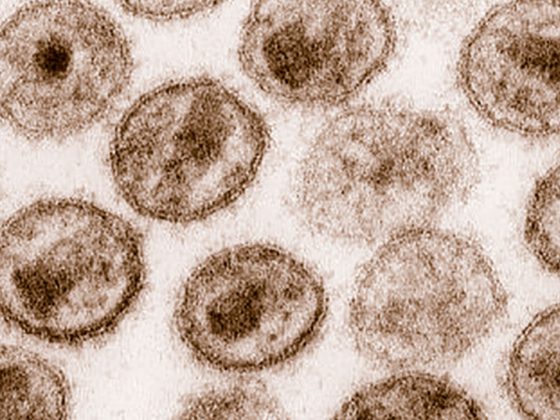Eat less, move more – obese patients know these recommendations well. However, the implementation is anything but simple. And even if weight loss does occur, the dreaded rebound effect undoes all efforts within a very short time. However, bariatric surgery is indicated only in extreme cases. Pharmacological options were not available for a long time, until now. But what can they do?
Obesity is one of the most important risk factors for chronic diseases. Accordingly, it very often occurs comorbidly with dyslipidemias, type 2 diabetes, hypertension, or heart disease. In Switzerland, nearly 40% of men and 23% of women are considered overweight, and 12.3% and 10.2%, respectively, are obese, reported Prof. Paolo Suter, MD, Zurich.
Helping patients with obesity achieve effective, long-term weight loss presents many challenges. Even in the 21st century, there is still no causal, sustainable treatment option. Currently, it is recommended to focus on increased physical activity as a supplement to a calorie-restricted diet. In short: eat less, move more. The guidelines also recommend a hierarchical approach of weight management, nutritional counseling, pharmacotherapy, and bariatric surgery depending on absolute body weight.
Pharmacotherapy as a supplement
The indication for drug intervention is always in addition to weight management and physical activity. To qualify, patients must demonstrate a BMI >30 kg/m2 or if comorbidities are present >27 kg/m2 or unsuccessful lifestyle intervention after six months. The therapy concepts should be individually adapted with a double treatment benefit of weight reduction and improvement of comorbidities.
The drugs are divided into peripherally-acting, centrally-acting and mixed-acting preparations. Lipase inhibitors such as orlistat or cetilistat are peripherally effective. They hinder the absorption of fat into the body, for example by blocking the fat-splitting enzyme in the intestine. Central-acting pharmacologics primarily include GLP-1 agonists such as liraglutide. They have different points of action in the CNS and act like the incretins formed in the intestine. In this way, the body’s own production of insulin is promoted and, at the same time, the satiety message in the brain is reinforced. Studies have shown that, among other things, the feeling of hunger was reduced, thereby curbing food intake and choosing other food. This reduced weight by an average of 8% over 56 weeks. 14.4% of patients even showed a weight reduction of more than 15%.
Other promising compounds are currently in development. These include tirzepatide, GIP-1 receptor agonists, amylin analogs, or a combination of GLP-1-RA and GIP-1-RA, the expert pointed out.
Importance of pharmacology in therapy management
Pharmacological treatment can significantly support weight loss on an individual level. However, it has no effect on weight control at the population level. However, it can show its effectiveness even without lifestyle modification. With regard to rebound prophylaxis, drug intervention also plays a central role. Therefore, it is discussed whether a prophylactic-therapeutic administration of GLP-1-RA or possibly other molecules in non-diabetic obese patients in combination with intensive lifestyle measures may be an opportunity to reduce the incidence of type 2 diabetes.
Congress: FomF Cardiology Update Refresher
CARDIOVASC 2022; 21(1): 30











